Cola and quacks: how Kenya's restrictive abortion laws are fuelling infanticide
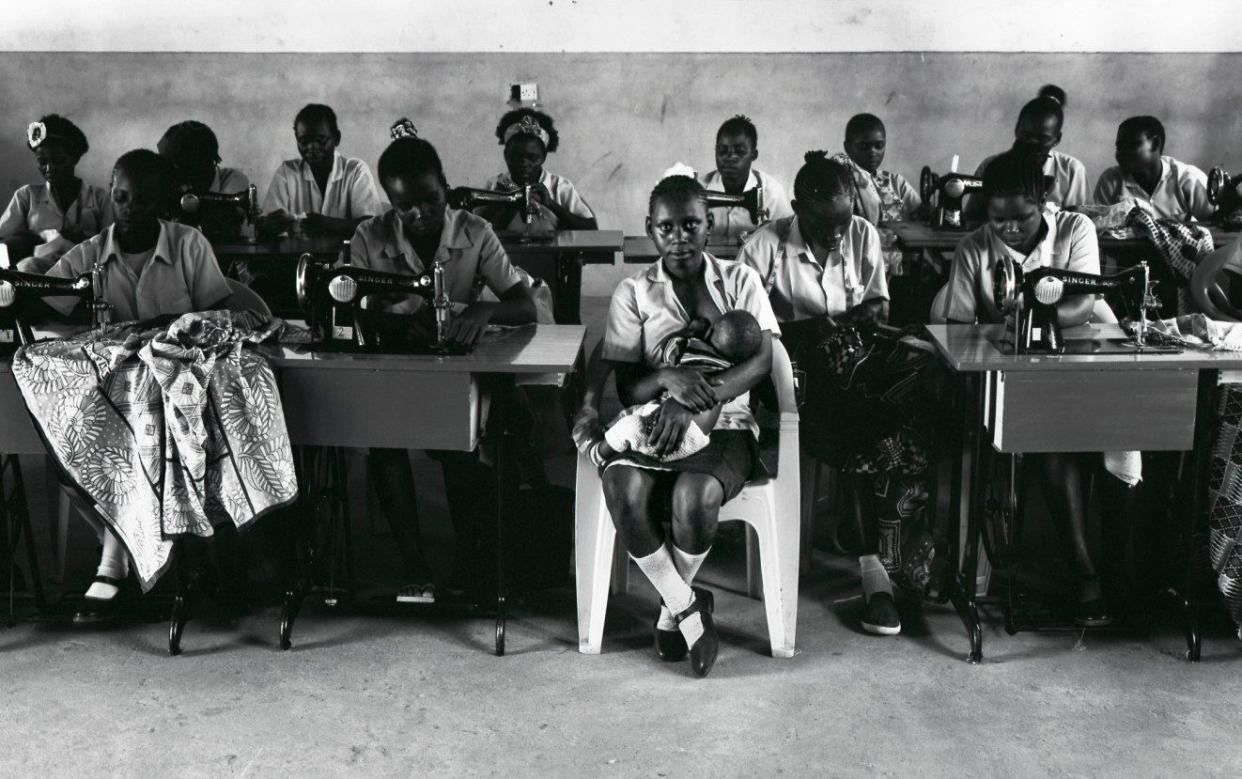
On the streets of Nairobi, out of official earshot, nurses say there are different ways of killing unwanted babies.
Some young mothers feed them Coca-Cola instead of breast milk to make their organs collapse. Ginger beer is said to work just as well. Hundreds, perhaps thousands of others, are left to die in pit-latrines, rivers and rubbish dumps.
Or there is always the option of getting someone else to do the deed. Quacks on the back streets of urban slums are often only too willing to end a late-term pregnancy by inducing a living infant and then finishing it off with a blow to the head.
Infanticide in Kenya may not be a new phenomenon, but a series of grim discoveries in recent months is laying bare the scale of a crisis caused by poverty, sky-high levels of unwanted pregnancies and Kenya’s muddled abortion laws.
Sweeping restrictions introduced by Donald Trump making it harder for charities to help women have a termination have not helped either.

When westerners think about the termination of a pregnancy, they think of abortion – the removal, under medical supervision, of a partially formed foetus usually no more than 24 weeks into its development.
But in Kenya, as in much of the developing world, unwanted pregnancies all too often result in genuine infanticide: the killing of a healthy newborn baby.
A recent municipal clear up of a 400-yard stretch of the Nairobi River, which winds its way greasily through the capital, has forced Kenya to confront the issue in a way that many other African countries have not.
Over a single week in May, the corpses of eight infants were pulled from the river’s rubbish-choked waters.
The discoveries horrified Kenyans, but activists the reality of the crisis is even grimmer. Wilson Cheptoo, a rubbish sorter, reckons he alone finds the 15 dead infants a year on the dump where he plies his trade. Nor is he unusual among his colleagues, he says.
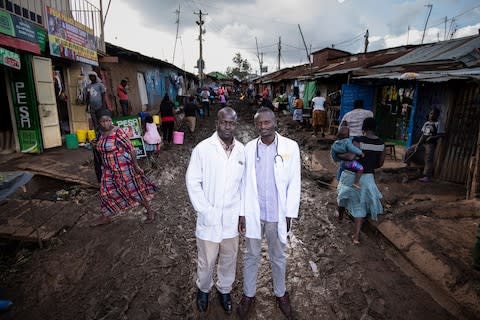
Florence, a government midwife, has a series of pictures on her mobile phone of dead babies found on such dumps. She points to one, a tiny girl hunched in the foetal position. Residents told her the baby had died after being fed Coca-Cola by her mother, a teeth-rotting drink for grown ups but poison for a newborn.
Such stories are familiar to Vincent Odhiambo, a human rights activist in Kibera, a city slum. In February, his Kibera Justice Centre, received reports of another Nairobi woman who had seen her neighbour giving a fatal overdose of Coca-Cola’s local ginger beer brand to her newborn daughter.
“Some women are not in a position to have a family,” he said. “It is known that if you give a baby Coca-Cola, it will die. You can imagine giving a small baby Coca-Cola instead of breast milk – it can’t last more than three days.”
Murder on such a calculated, prolonged scale is unusual, however. More often babies are simply abandoned on Kibera’s railway line where some are rescued but others die.
But infanticide has many guises. Sometimes a baby is killed following a natural delivery.
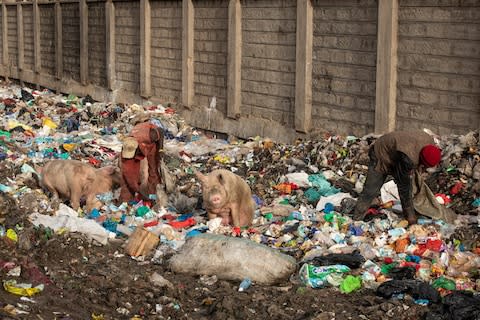
More common, activists say, is the practice of unqualified back-street medics carrying out abortions on women in late pregnancy by inducing labour, delivering a living baby and then killing it. Sometimes the women die, too.
Caroline Otera, a community mobiliser for Marie Stopes, a women’s health charity, knows of one pharmacist in Dandora, near Mathare, who offered such services.
“He makes you deliver a kid and then he kills the kid,” she said. “The delivery is done into a bucket of cold water and he kills the baby with a hammer blow to the head.”
The clinic was shut down by the police after it allegedly killed a prominent human rights activist earlier this year in a botched abortion. But there are likely to be far more still operating beyond the eyes of the authorities.
Official statistics on infanticide are not published in Kenya, so such stories are usually anecdotal. Yet there is clearly a problem. And although activists do not excuse the murder of babies, they say it can only be solved by understanding and addressing the broader context.
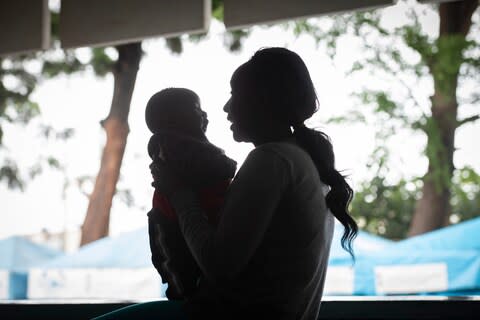
Infanticide is the end of a chain that begins with unwanted pregnancies, often caused by poor and often young women selling their bodies for essentials, and then, after failing to secure an abortion, resorting to the most extreme measures.
Abortion exists within a legal grey area. It was mostly illegal until 2010, when a new constitution ostensibly made it easier to have one.
But the penal code was left unchanged. It threatens a 14-year prison sentence to anyone carrying out an “unauthorised” abortion, a legal ambiguity that allows police to arrest or extort quacks and doctors alike.
Few medical professionals are prepared to take the risk. Opposition from the Church and conservatively minded politicians also act as a deterrent, an opposition that has grown more entrenched with US backing.
In 2017, under pressure from the American “pro-life” lobby, the Trump administration strengthened the “global gag rule”, legislation that bars any organisation from receiving US aid if it so much as offers as advice on abortion.

American funding for maternal health and planning in Kenya plummeted as a result. One organisation, Family Health Options Kenya, had to eliminate free outreach services and close two clinics.
Although Britain and other European donors have stepped in to make up most of the funding shortfall, there is still a shortage of doctors willing to offer safe, legal and cheap abortions.
Many women therefore have no option but to resort to the back streets, which costs both time and money. By the time they have identified a quack and saved the £50 pounds or so to secure an abortion, they are often in the late stages of pregnancy.
For those who cannot raise the sum at all, desperation, panic, the refusal of fathers to offer support or an evaporation of conscience will drive a small minority to murder.
Back street abortions, whether late or not, threaten the lives of women, too. Yet as many as 350,000 Kenyan women a year will risk having an unsafe abortion, according to Marie Stopes, seven of whom die every day.
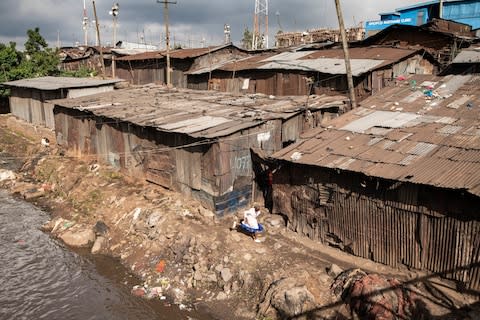
Mary, a 26-year-old washerwoman, is one of them. Earlier this year, she visited an illegal clinic to terminate her four month pregnancy.
She had no choice, she says. Her partner had left her and she used her meagre earnings to support not just the 10-year-old son she had while still at school, but also her mother and three younger sisters.
When the pills she was given did not work, she allowed the quack to insert a long tube into her to suck out the amniotic fluid in her womb.
She did, the following day, eventually expel the foetus – “a small boy the size of my finger” – but also bled profusely for days, ending up in hospital.
“I had no idea where I could get a legal abortion,” she said. “I couldn’t talk to too many people as I didn’t want to soil my reputation, so when a friend told me about this quack I had no choice but to go to him.”
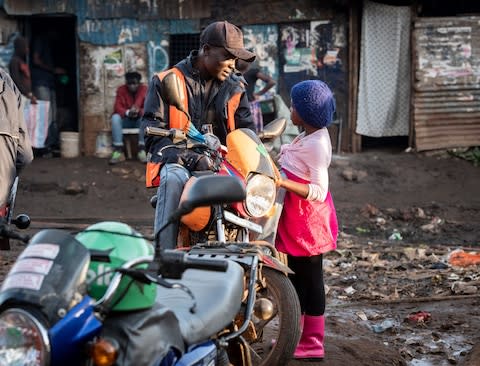
Mary got off comparatively lightly. Of the 21,000 women a year admitted to hospital as a result of unsafe abortions many come far closer to death than she did.
Others never make it. One doctor recalls turning away a six-month pregnant woman, telling her it was too late to perform an abortion and offering counselling instead. But as she locked up her clinic that night, the woman returned, covered in blood.
“Someone had torn open her womb,” the doctor, who asked to remain anonymous, said. “Everything was pouring out. Her gut was spilling out.
“I got her into theatre but her intestines were perforated and her womb chopped up. We transfused seven pints of blood, but she passed away six hours later.”
She is still haunted by her patient’s death. But, had legal abortions been more widely available, perhaps the woman would never have waited as long.
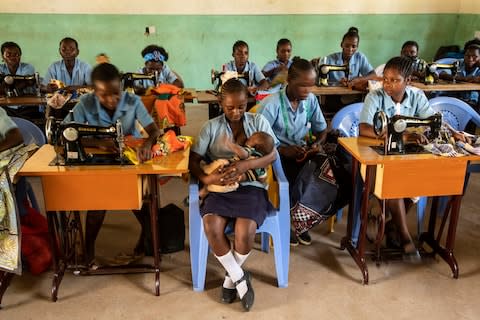
Kenya is a conservative country. Its politicians and clerics resent western governments who do not respect their religious views on the sanctity of pregnancy. Yet activists and doctors say the pro-life lobby’s opposition to abortion is not stopping it from happening anyway and that, in fact, its intransigence is merely worsening the phenomenon it is trying to fight.
By unambiguously legalising the practice and making it safer, fewer women would die and infanticide rates would fall, they argue.
If religious institutions and politicians were to allow the teaching of meaningful sex education and increase access to cheap contraception, fewer women would get pregnant in the first place, the activists add.
Roughly 40 per cent of all pregnancies in Kenya are unwanted, according to the United Nations, while nearly one in five teenage girls is or has been pregnant, the country’s ministry of health says.
Yet surveys show that 59.3 per cent of unmarried, sexually active adolescent girls do not use contraception.
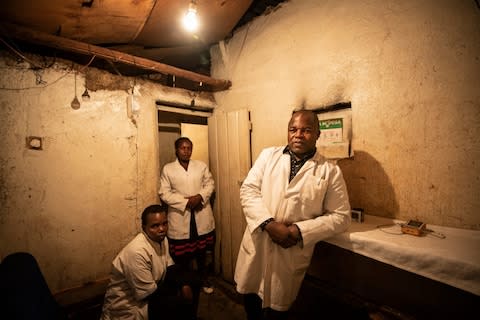
Kilifi on the Kenyan coast is one of the few Kenyan counties to admit it has a problem. The local government has embarked on a campaign to lower teenage pregnancies after finding that 22 per cent of females aged 15 to 19 is either a mother or pregnant.
Its research has shed some light on why teenage girls become pregnant. Early marriage and rape play a role, as do week-long funeral discos, says Mwenda Karisa, a county gender officer.
But poverty is mostly to blame. In a poor, mostly agricultural county where more frequent droughts and floods are ruining harvests, many families are struggling to feed themselves.
Desperate parents encourage their daughters to have sex with shopkeepers in exchange for bread, she says. Sometimes girls are the initiators, selling their bodies for as little as 45p to buy sanitary towels or free rides from motorcycle taxi operators.
Ruth Sidi’s story is typical. She gave birth to her six-month-old son, Onesmus, in May when she was 17, the product of a relationship with a shop assistant who slipped her treats in exchange for sex, but lost interest when she became a mother.
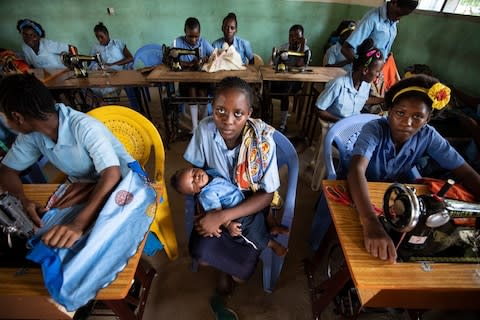
Jacqueline Furaha’s case is rather different. In August, she gave birth to a son, Vincent, while she was still at school. Three other girls in her class of 30 were also pregnant.
Neither Jacqueline not Ruth used protection during sex.
“We learnt nothing about contraceptives at school,” says Jacqueline. “I heard a little about them from friends but I didn’t know where to find them and probably wouldn’t have been able to afford them anyway.”
Jacqueline and Ruth may be single mothers, but say they are happy looking after their children. Now at vocational training school, they are learning the skills to support them as they grow.
Others are less fortunate. Infanticide may take a different form in rural counties like Kilifi, but it still happens.
Dozens of babies are rescued from pit latrines or in forests every year, county officials say, usually because people have heard them wailing. Those are the lucky ones, says Mrs Karisa, the county officer.
“Babies can be thrown into pit latrines and never found,” she explained. “The pit latrines fill up and are then covered over.”

Protect yourself and your family by learning more about Global Health Security

